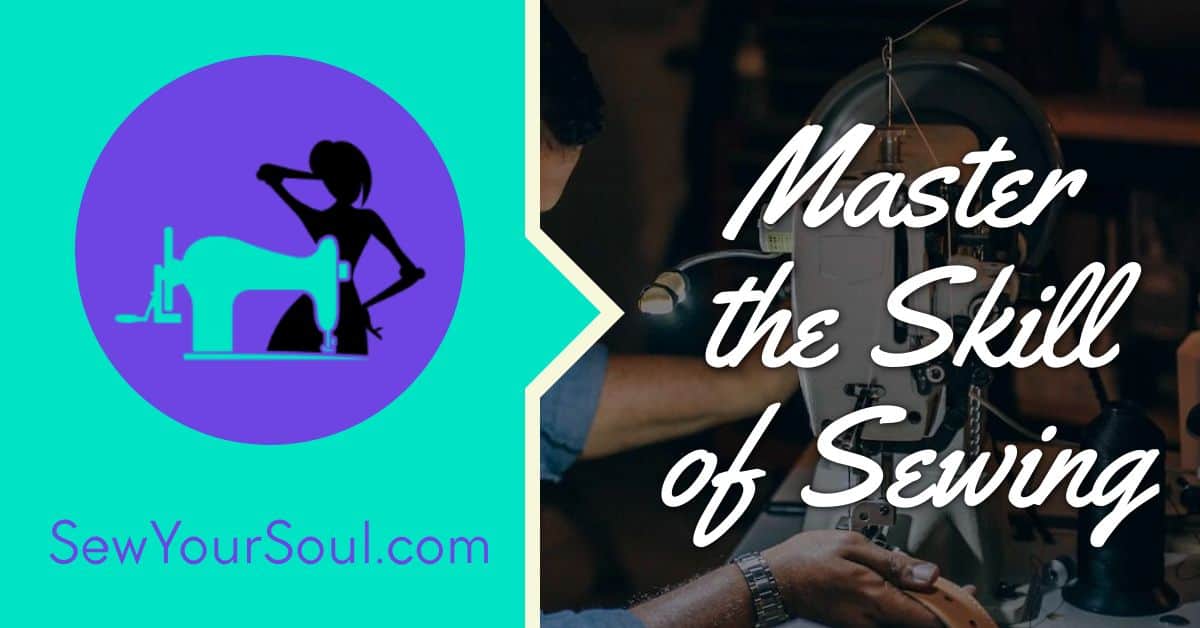Thinking about getting a sew-in but not sure how long it’ll last? You’re not alone. Many people love the versatility and natural look sew-ins offer, but it’s essential to know what you’re getting into before you make the commitment.
In this article, we’ll dive into the factors that determine the lifespan of your sew-in, so you can enjoy your new look worry-free. From hair type to maintenance tips, we’ll cover everything you need to keep your sew-in looking fabulous for as long as possible.
Understanding Sew-Ins
Sew-ins offer a versatile and long-lasting hairstyle option, making them popular among fashion-forward individuals. Understanding the specifics of sew-ins helps you make informed decisions.
What Are Sew-Ins?
Sew-ins involve attaching hair extensions to natural hair using a needle and thread. A stylist braids your natural hair into cornrows, then sews the extensions onto the braids. This method provides a secure and natural-looking weave, helping create various hairstyles without damaging your natural hair.
Different Types of Sew-In Weaves
Choosing the right type of sew-in weave depends on your lifestyle, hair type, and desired look. Here are a few common types:
- Full Sew-Ins: Extensions cover all your natural hair, ideal for those wanting low maintenance. Perfect for damaged hair since it offers complete protection.
- Partial Sew-Ins: Extensions cover some areas, allowing portions of your natural hair to remain visible. Offers a blended look, useful if you want flexibility in styling.
- Closure Sew-Ins: Includes a lace or silk closure to cover the top of the head. Provides a more natural scalp appearance without needing to leave out much natural hair.
Understanding sew-ins means knowing your options and selecting the best method for your needs.
Factors That Affect the Longevity of Sew-Ins
Various factors influence how long sew-ins last. To maximize longevity, consider the quality of hair and the installation technique used.
Hair Quality
The quality of hair extensions plays a pivotal role in the longevity of sew-ins. High-quality human hair extensions typically last longer than synthetic alternatives. For example, Remy hair retains cuticles aligned in the same direction, reducing tangling and shedding. Investing in premium hair ensures a more natural look and extends the style’s duration.
Installation Technique
Installation techniques significantly impact the durability of sew-ins. A skilled stylist who uses proper methods ensures a secure and lasting installation. Tight, even braids form the foundation for attaching extensions, reducing slippage and promoting a longer-lasting style. Using appropriate thread and a consistent stitching pattern also enhances stability. Proper installation minimizes tension on natural hair, preventing damage and prolonging the sew-in’s life.
Maintenance Tips for Sew-Ins
Proper upkeep extends the life of sew-ins, maintaining their appearance and quality. Follow these practices to ensure longevity.
Daily Care Routine
Gently brush your sew-in daily. Use a wide-tooth comb or a paddle brush for this task. Always start from the ends, working your way up to avoid putting stress on the wefts. Avoid excessive styling with heat tools, which can harm the hair and reduce its lifespan.
Washing and Conditioning
Wash your sew-in every 1-2 weeks. When washing, dilute shampoo with water and focus on your scalp. Avoid scrubbing the sew-in directly, as this can cause tangling. After shampooing, apply a sulfate-free conditioner to the mid-lengths and ends of the hair, then rinse thoroughly. Pat hair dry with a towel instead of rubbing.
Handling Tangles and Shedding
Address tangles promptly. Use your fingers or a gentle brush to detangle hair when it’s dry. If you encounter a tough knot, apply a leave-in conditioner to ease the detangling process. To minimize shedding, avoid excessive brushing and handle the sew-in with care daily.
Signs It’s Time to Remove or Replace Your Sew-In
Noticing certain signs means it might be time to remove or replace your sew-in hairstyle. Recognizing these indicators early can help maintain your hair’s health and appearance.

Visible Growth and Loosening
Hair naturally grows, causing the braid pattern underneath your sew-in to loosen. If you observe that the sew-in has moved away from your scalp, it’s a sign of new hair growth loosening the weave. Typically, this occurs after 6-8 weeks. New growth becomes visible near the roots, making the extensions look less seamless. Address this by removing or replacing the sew-in to prevent stress on your natural hair.
Signs of Damage or Irritation
If you experience irritation or notice damage, it’s time to remove your sew-in. Common indicators include itching, redness, or bumps on the scalp. Excessive shedding or tangling in the extensions also signals damage. Using hair products that cause buildup or improper installation can worsen these issues. Removing or replacing the sew-in can prevent further damage to your scalp and natural hair.
Paying attention to these signs ensures your hairstyle remains healthy and attractive.
Conclusion
By paying attention to the quality of your hair extensions and ensuring they’re installed by a skilled stylist, you can enjoy the benefits of a long-lasting sew-in. Regular maintenance and a daily care routine will help keep your hairstyle looking fresh and minimize any potential issues.
Remember to watch for signs that it’s time to remove or replace your sew-in, such as noticeable growth, loosening, or any irritation. Taking these steps will ensure your sew-in remains a beautiful and healthy part of your look.












